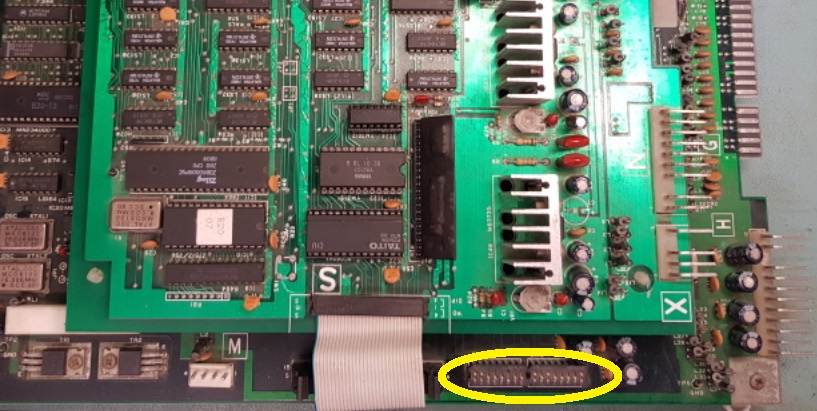Redefining Pixels: Vector Graphics in Early 3D Games
In the late 70s and early 80s a new form of graphical representation took the arcade world by storm: Unlike the raster graphics that dominated video games, vector graphics provided a unique visual experience that was both groundbreaking and visually distinctive. Early arcade machines using vector graphics worked by directly drawing lines and shapes onto the screen using a beam of electrons. Unlike raster graphics, which created images using a grid of pixels, vector graphics used mathematical equations to represent images as lines and curves. The electron beam in the display would move point-to-point, drawing lines directly, instead of scanning line-by-line like in traditional television sets. This method allowed for smoother and more precise images, with the ability to create sharp, scalable graphics without pixelation.

In classic arcade games, this meant crisper visuals and a distinctive aesthetic. Early vector based arcade games were often more efficient for the limited hardware of the time. They required less computational power and memory than raster based games, which allowed for more complex visuals and responsive games. Games like “Asteroids” and “Tempest” weren’t just popular, they showcased the potential of vector graphics.
Vector graphics were more efficient in terms of memory usage compared to games based on traditional raster graphics, “Battlezone” (1980) and “Star Wars” (1983) offered 3D graphics, immersing players in an experience that felt closer to riding in a tank or flying an actual X-wing. These games simulated a three-dimensional space by scaling and rotating the vector lines. These games used mathematical transformations to give the illusion of depth and perspective, creating a 3D effect with the lines moving closer or further away and changing angles relative to the player’s viewpoint. This method was much simpler and less memory-intensive than the pixel-based rendering used in later 3D games, making them particularly suitable for the hardware limitations of the time.
Arcade games with vector graphics did have limitations. They were typically monochromatic, and color was added using overlays. The display technology used was prone to technical problems like flickering. Moreover, these displays required high voltages, which could lead to reliability issues and maintaining and repairing them was more expensive. Despite the limitations these early games demonstrated how popular 3D games could be, helping form an important prototype for the modern 3D games we know and love today.




